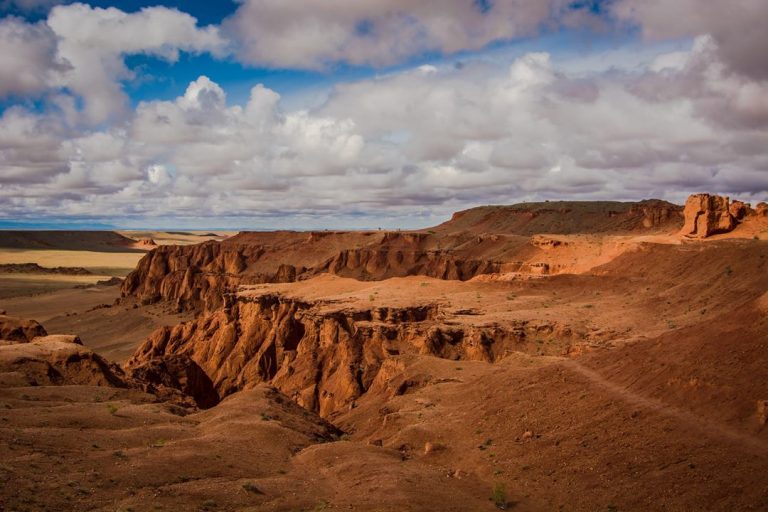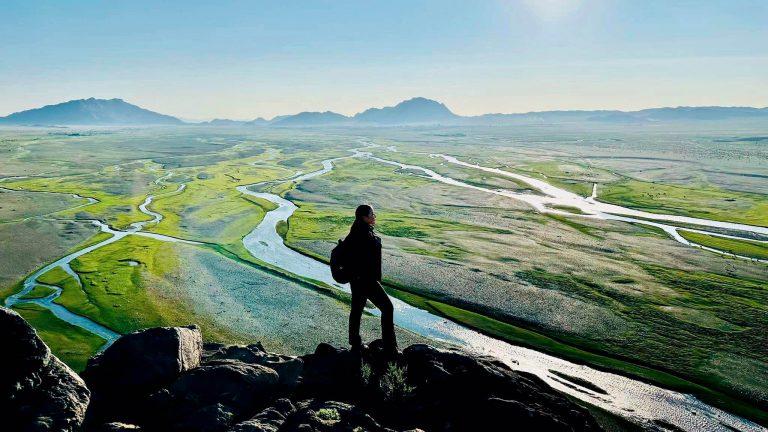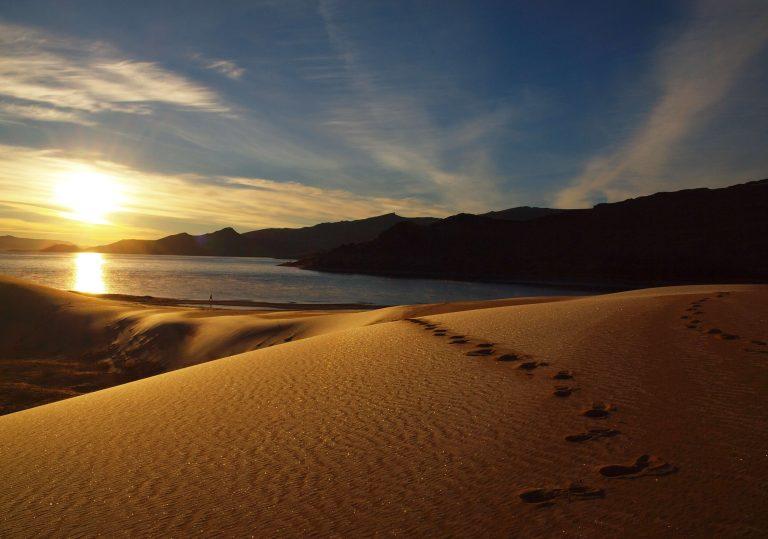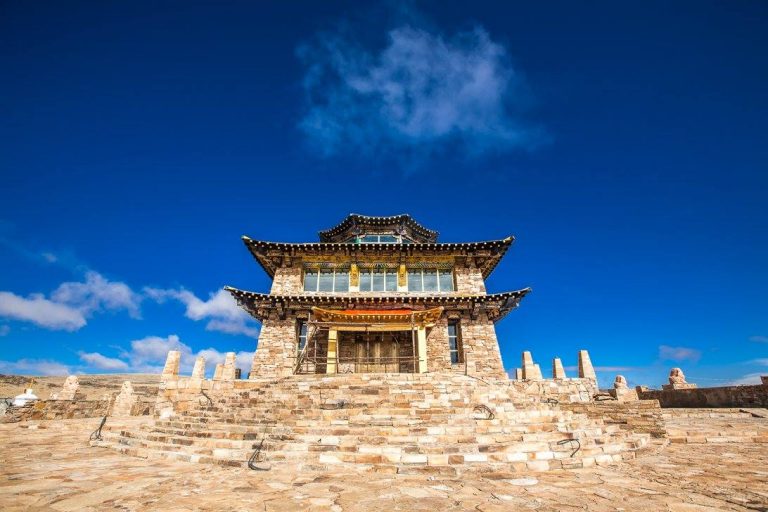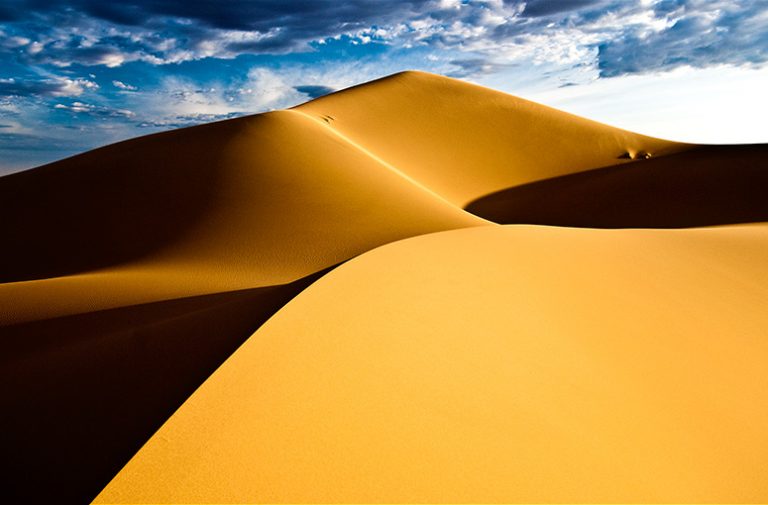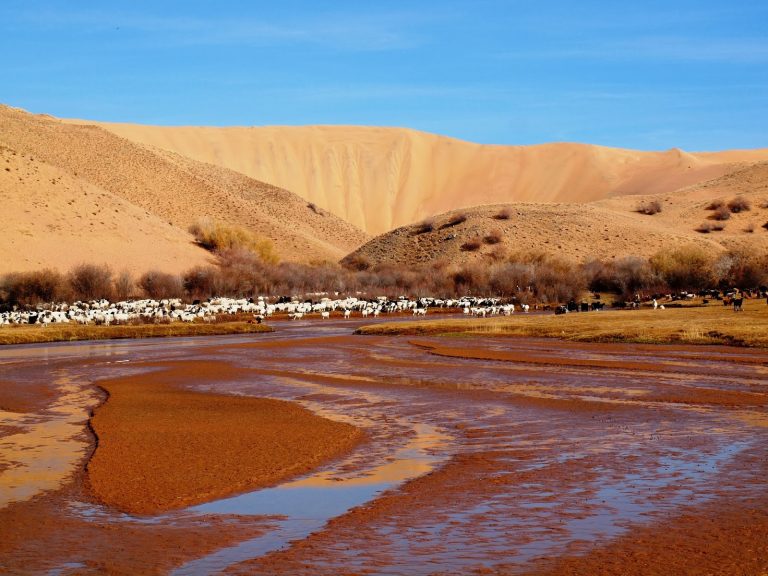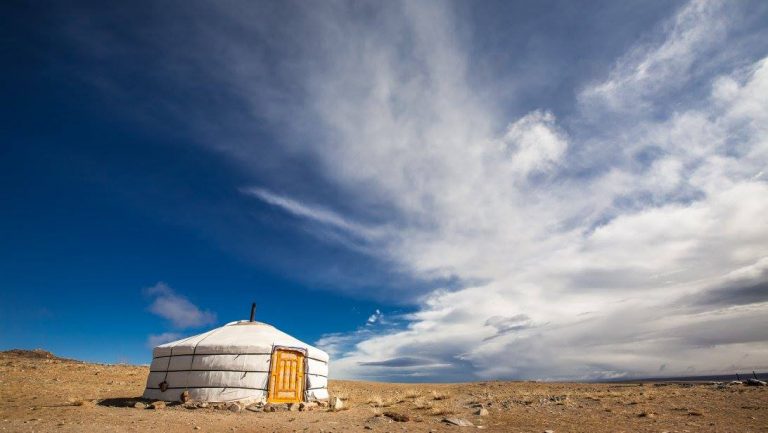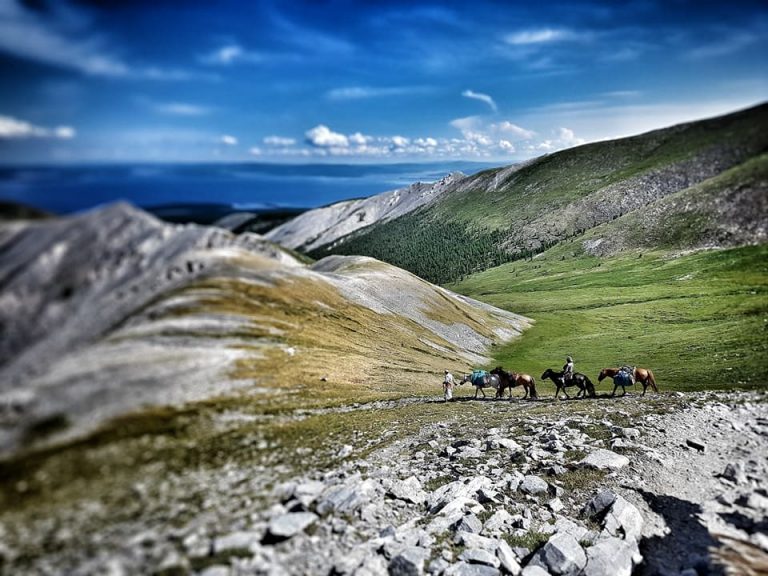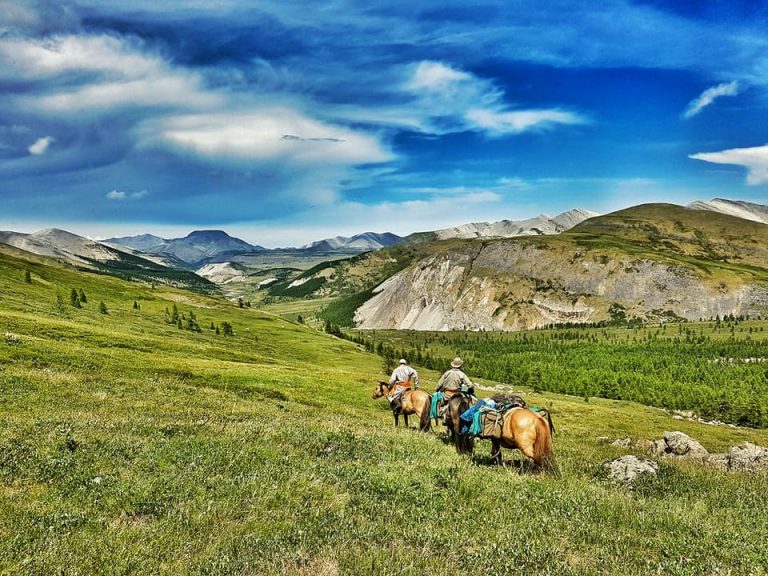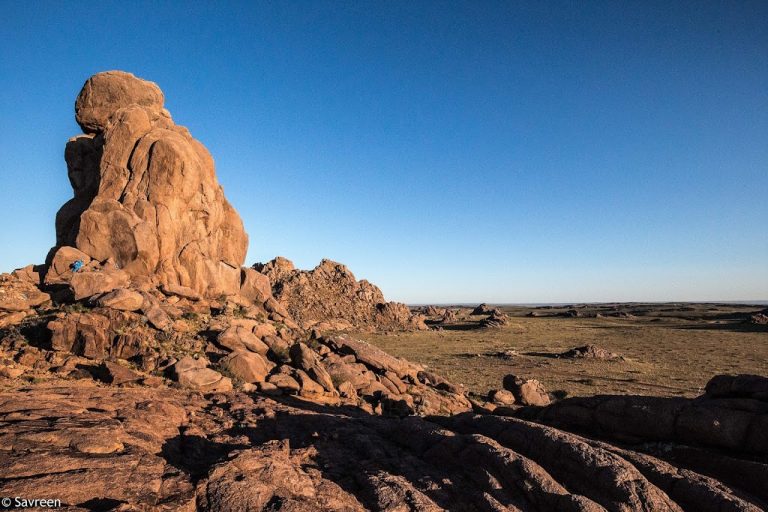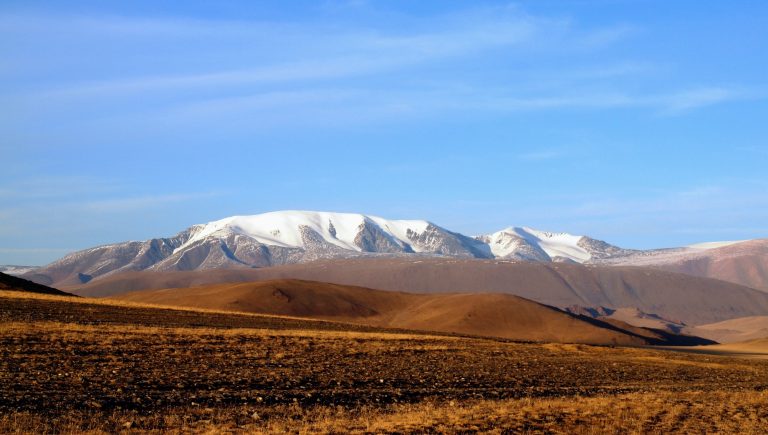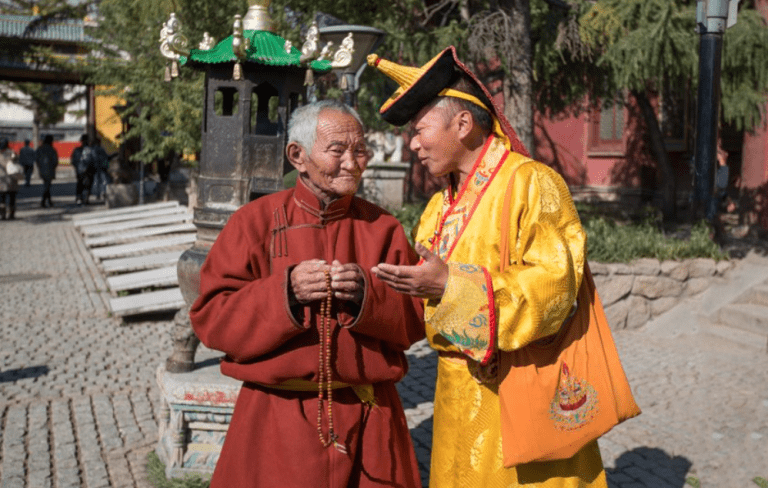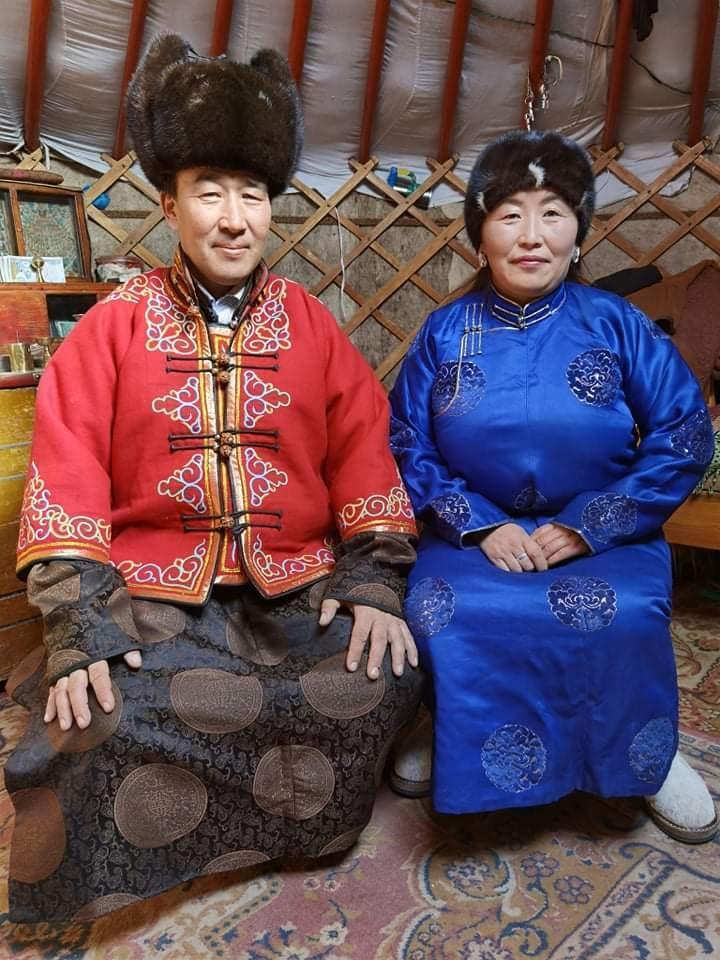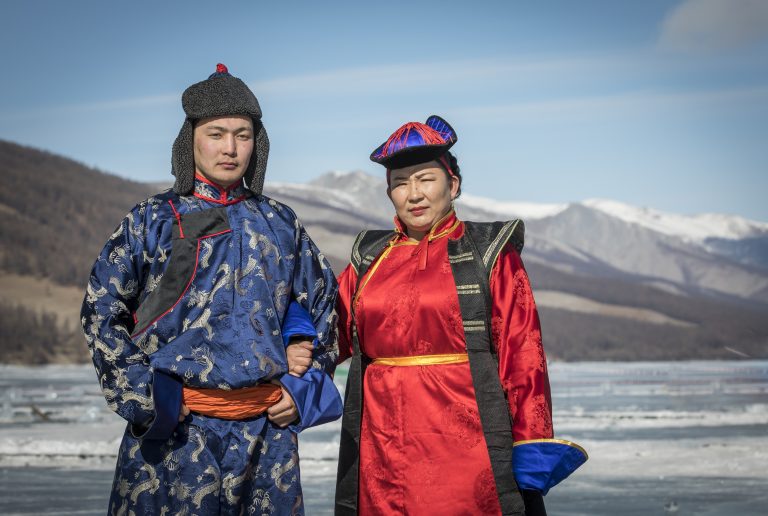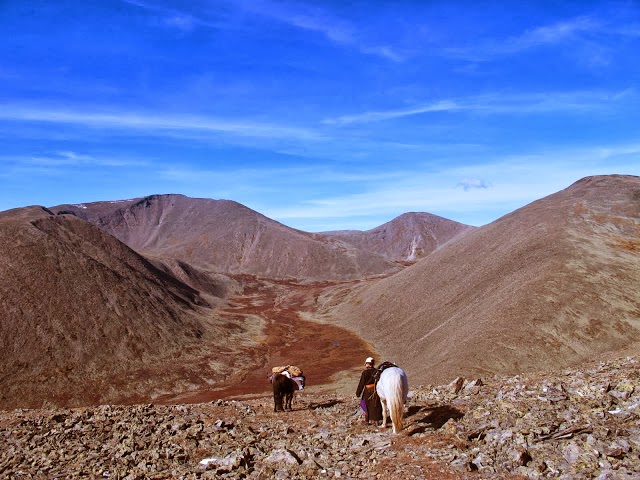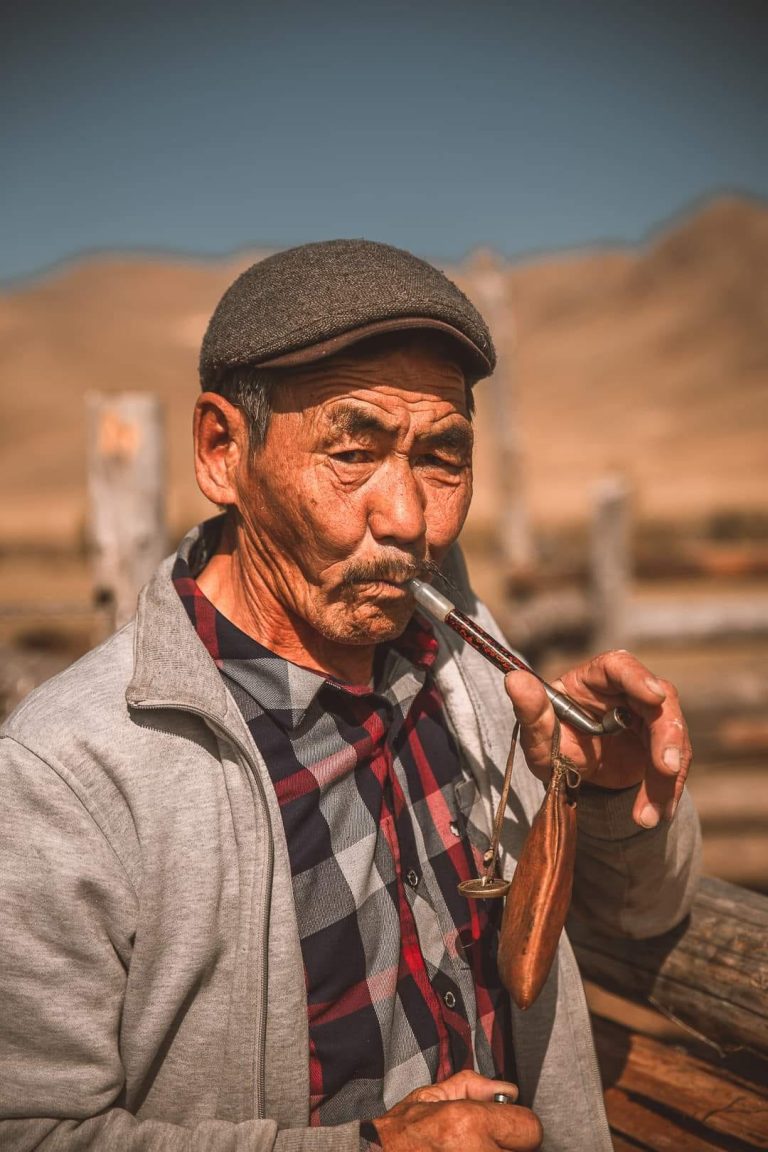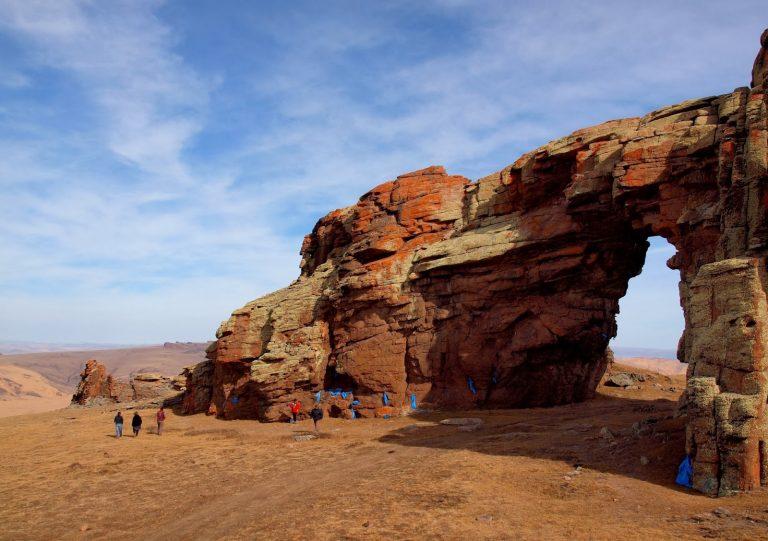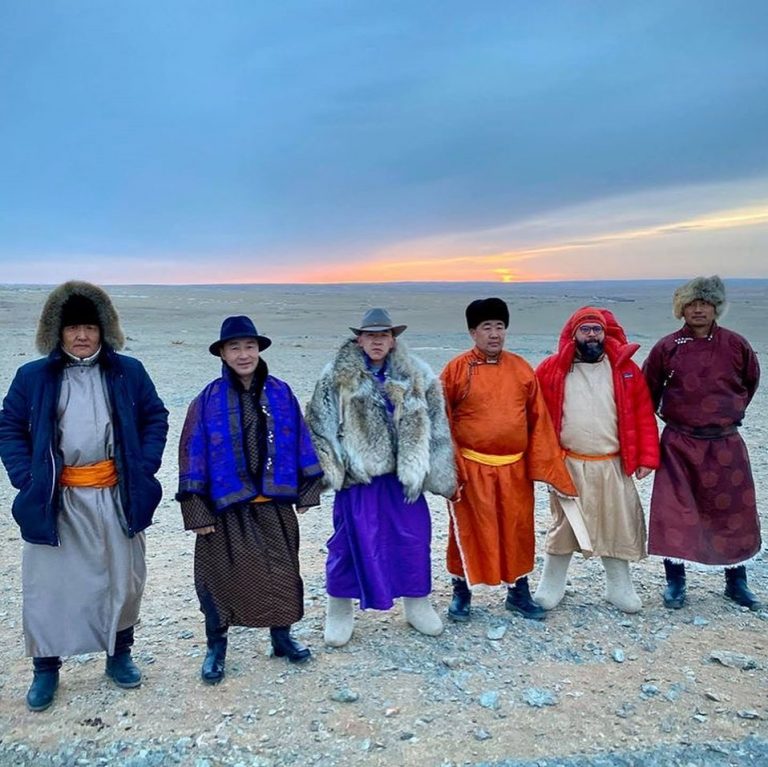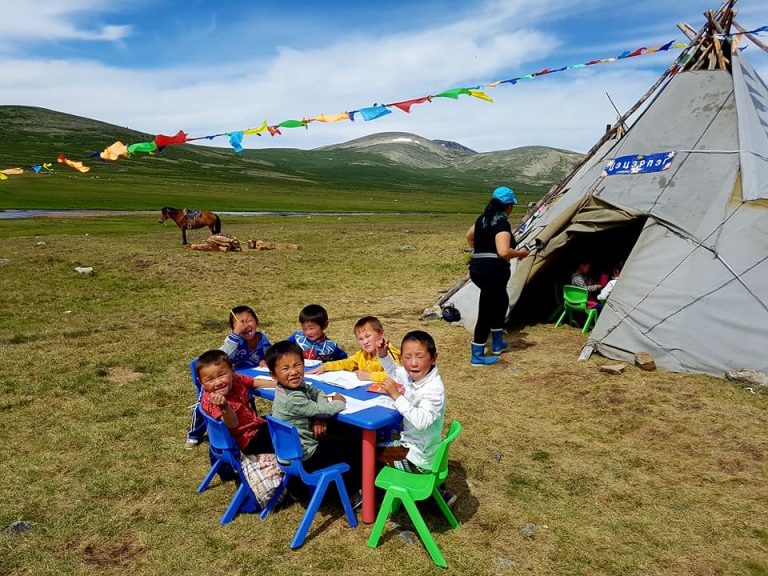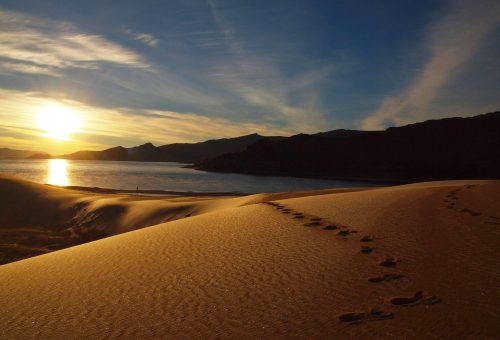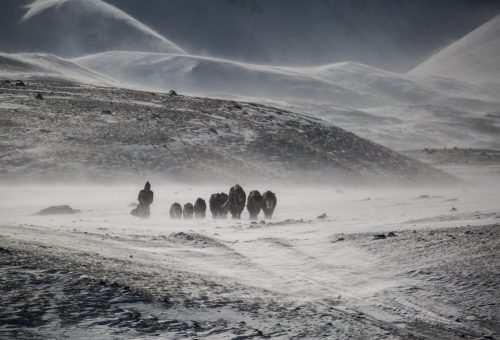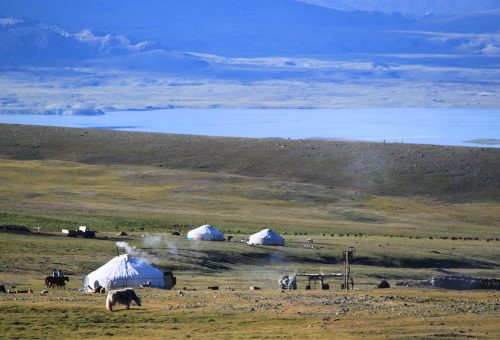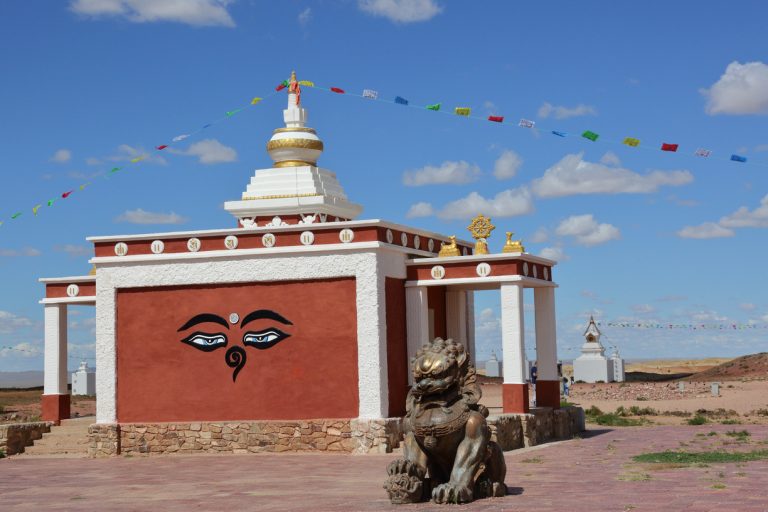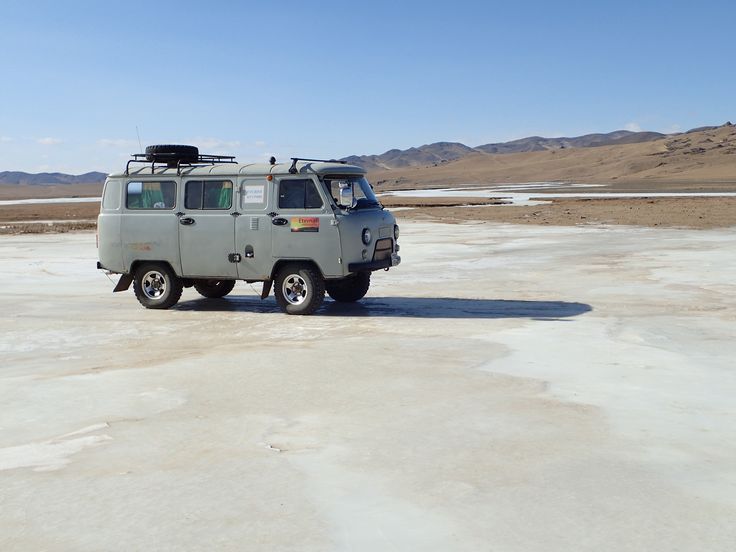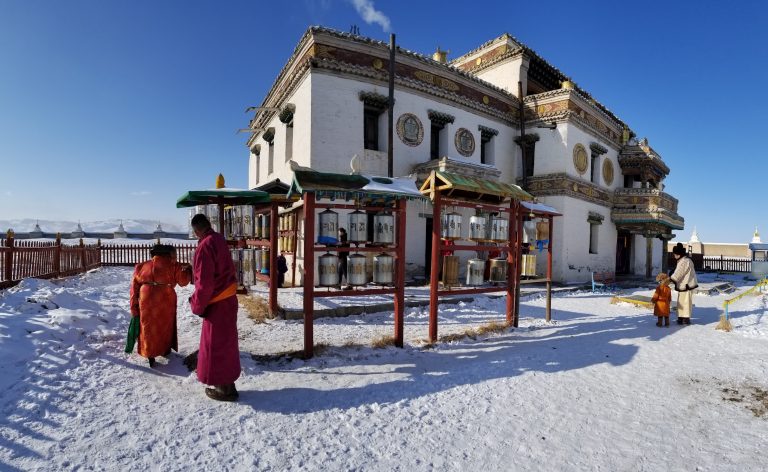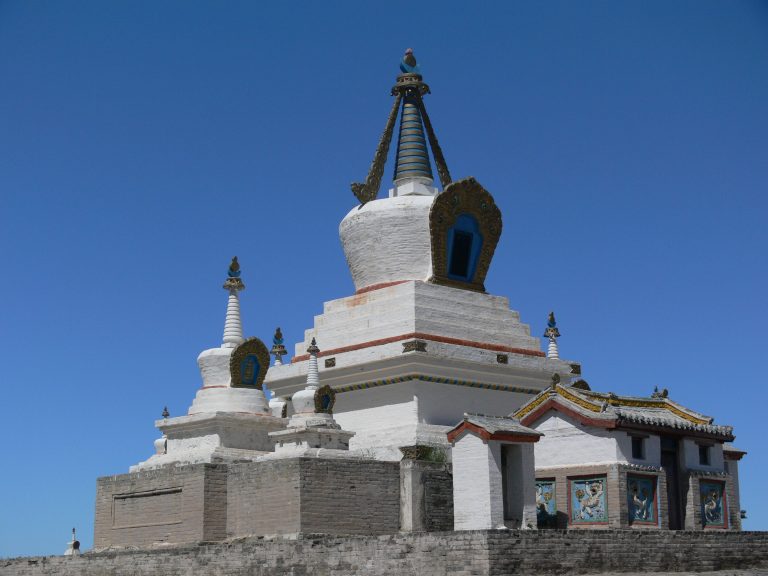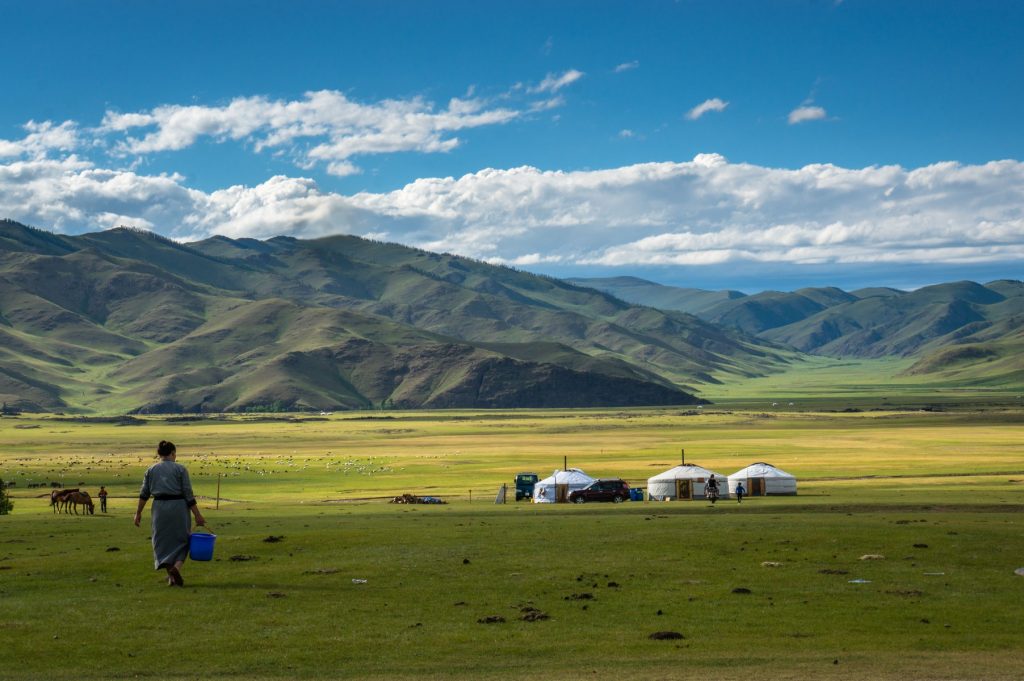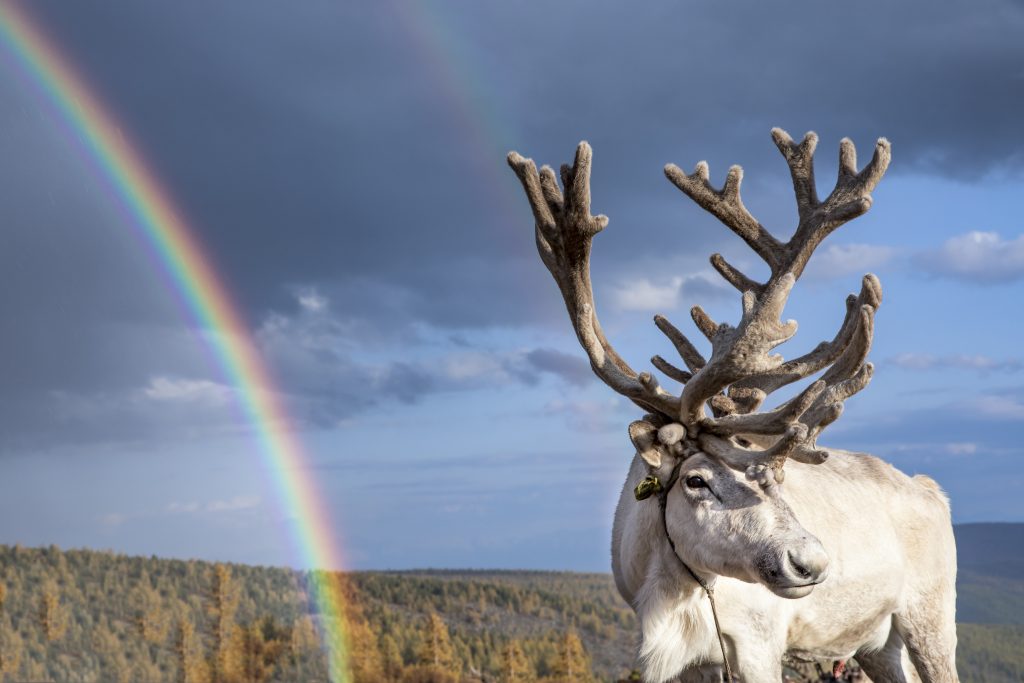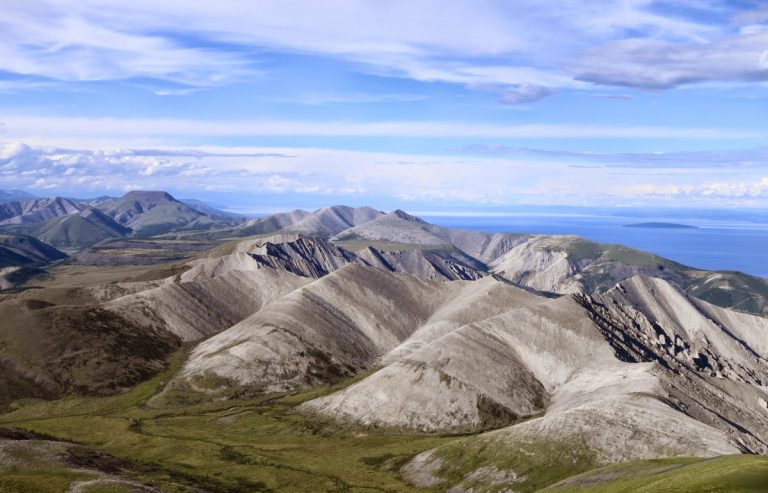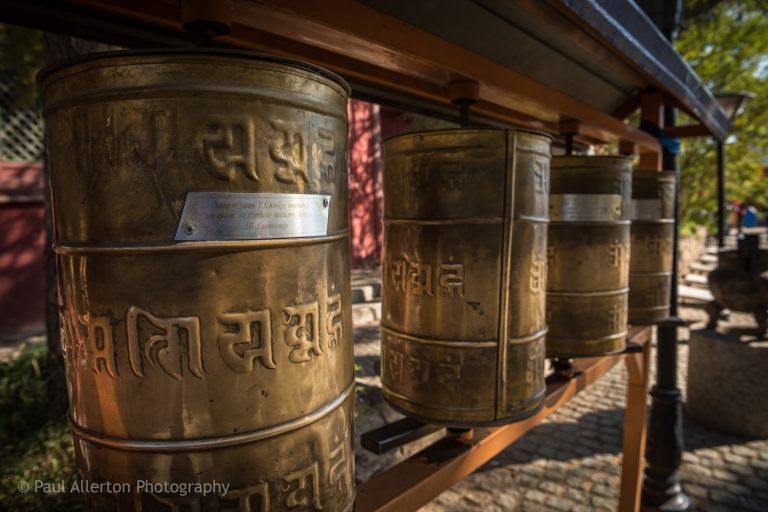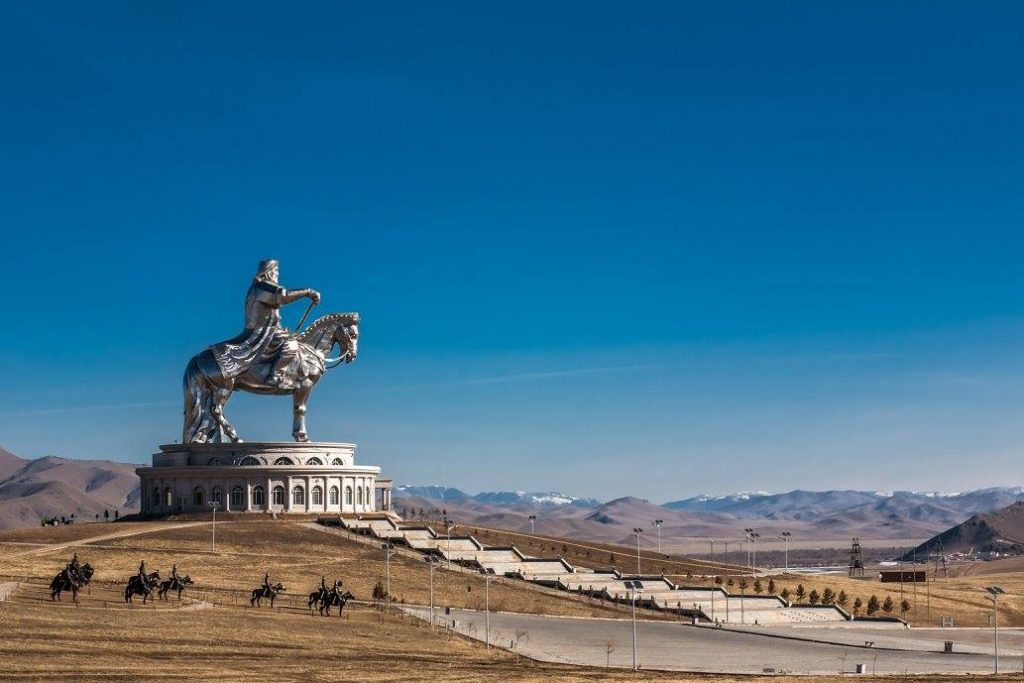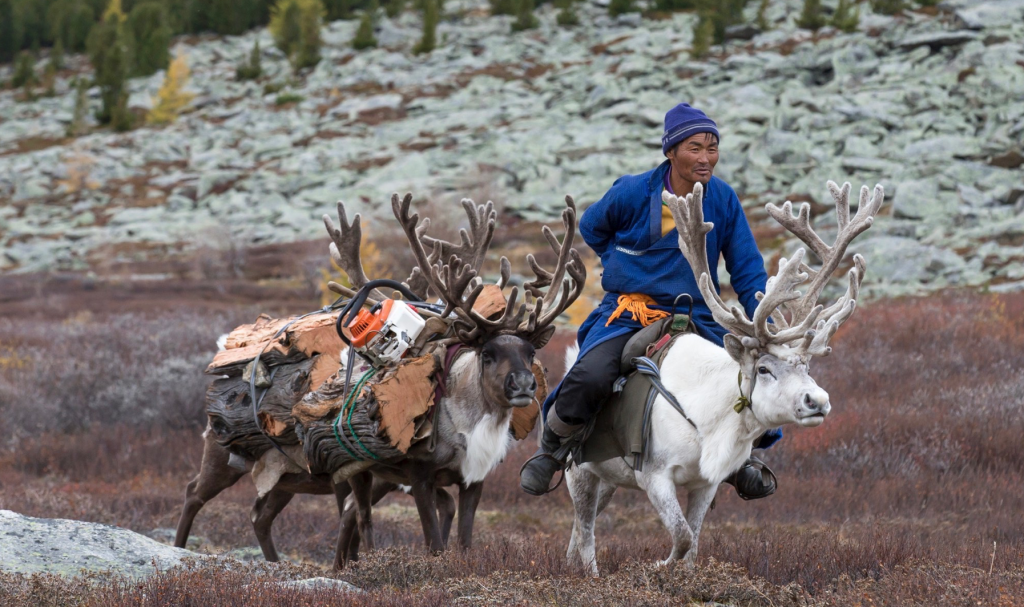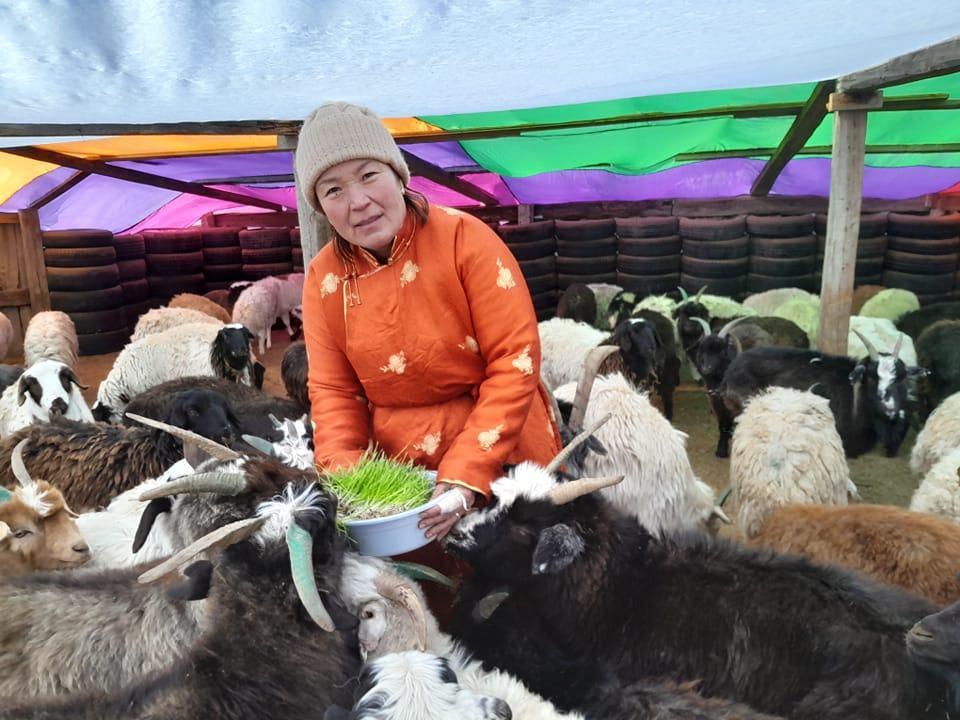If there’s one word to describe Mongolia, vast is a fitting choice. Nestled between Russia to the north and China to the south, Mongolia is entirely landlocked, with a land area comparable to all of Western Europe combined.
Matching the immensity of its terrain is the expanse of its skies, earning it the nickname ”Land of the Eternal Blue Sky.” With one of the lowest population densities in the world, Mongolia’s vastness often feels strikingly empty—but it is anything but barren.
Covering such a large area, Mongolia boasts an extraordinary diversity of landscapes. From the high, open steppes in the east to the arid deserts of the south; from the cold, glaciated mountains of the west to the dense forests of the north, each region offers its own unique scenery and character. This geographical diversity mirrors the diversity of its people, their lifestyles, and their traditions.
Despite its vastness, Mongolia remains a country unfamiliar to many. When you think of Mongolia, images of nomads, sweeping wilderness, Chinggis Khan, horses, or perhaps the Kazakh eagle hunters might come to mind. And while these are all part of modern Mongolia, the country is far more complex. A new national identity is emerging in this era of globalization, marked by aspirations for progress and modernity. Even Mongolia’s flag symbolizes this drive for development, embodying hope and ambition for the future.
Yet, change and adaptation have always been intrinsic to Mongolia’s culture. During the reign of Chinggis Khan, the Mongols absorbed knowledge and skills from other nations to strengthen their empire. Today, while Mongolians are digitally connected and globally aware, their deep-rooted traditions remain steadfast. Western influences blend with Mongolia’s unique cultural heritage to create a modern identity that is both innovative and proudly Mongolian.
Mongolia is not an easy travel destination—it’s a tough country, from its extreme climate to its limited infrastructure. The local people have adapted to these challenges with resilience and resourcefulness, and as a visitor, you’ll need to do the same. Pack your adaptability and flexibility alongside your sun cream and thermals.
Yet, for those who make the journey, the rewards are as vast and extraordinary as the land itself. Leave behind any preconceived notions formed by what you’ve read or watched. Instead, arrive with an open mind, ready to be amazed, challenged, and inspired.
21st-century Mongolia is far more than you might expect—prepare to be surprised.


